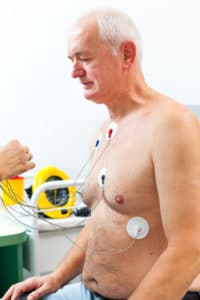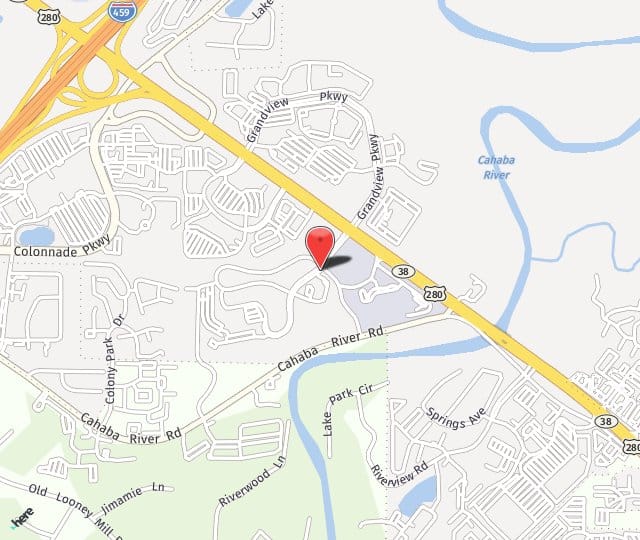
Until things get out of whack. That’s where Dr. Smith comes in, when your heartbeat becomes irregular, when it has arrhythmia.
This blog gives you a little information about how the heartbeat works. It all starts with an electrical signal.
But how is your normal heart wired?
Your heart has its own electrical system. It’s responsible for triggering the heart to beat. The electrical system tells your heart’s muscle when to contract. This begins in the upper chambers of the heart. These chambers pump blood into the lower chambers, which then pump the blood out to the body and the lungs.
The rhythm of that beating is your heartbeat. The pace of your heartbeat responds to nerves and chemicals in the body, speeding up or slowing down based on these signals. It does this through its wiring.
The wiring in our hearts coordinate contractions in the upper and lower chambers, changing the rate as needed to either deliver more or less blood (and oxygen) to the body. The heart has pacemakers that initiate the beating sequence. The master pacemaker is located in the right upper chamber, the right atrium. It acts like a spark plug, firing in a regular rhythm to regulate the heart’s pace. This master pacemaker is call the sinoatrial, or sinus node. It signals to the rest of the heart so the muscles contract.
This is the sequence. First, the atrium contracts. The electrical signal spreads from the sinus node through both upper chambers. Then the signal travels to the area that connects the upper chambers (the atria) with the lower chambers (the ventricles). This is the atrioventricular node (AV node). This signal has to get through this node, as the ventricles are the major pumping chambers of the heart.
As the signal crosses to the ventricles, it passes through another bundle of electrical tissue called the Bundle of His. This tissue divides into thin, wire-like structures called the right and left bundle branches. These extend into both ventricles. These fibers receive the signal and they signal the muscles of the ventricles to contract and pump blood into the arteries.
This goes on all the time, every day, the sequence happening about once per second. If it doesn’t, the person dies. If the heartbeat becomes irregular, it’s time to call Dr. Smith.
In another blog, we’ll get into what happens when the signals become irregular.
Schedule a consultation
Until then, call Dr. Smith at (205) 510-5000 to make an appointment or with any questions, you may have about your heart.

